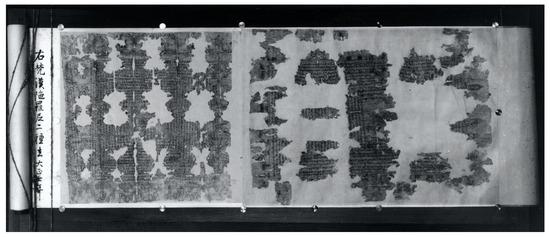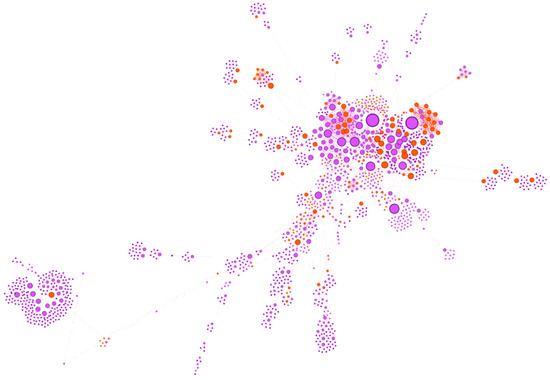Religions 2023, 14(3), 343; https://doi.org/10.3390/rel14030343 - 6 Mar 2023
Cited by 1 | Viewed by 4871
Abstract
Exodus 7:8–15:21 contains a sequence of conflicts between YHWH and Pharaoh that can be divided into three parts: the Snake Confrontation, the Ten Plagues of Egypt, and the Parting of the Reed Sea. A careful reading of the entire narrative in conjunction with
[...] Read more.
Exodus 7:8–15:21 contains a sequence of conflicts between YHWH and Pharaoh that can be divided into three parts: the Snake Confrontation, the Ten Plagues of Egypt, and the Parting of the Reed Sea. A careful reading of the entire narrative in conjunction with a New Kingdom Egyptian funerary text—the Book of Gates (BG)—reveals that both works share a number of similarities in terms of themes, terminologies, and structure. However, significant differences also occur at some crucial junctures as the respective stories unfold. These findings suggest that the Israelite author (or group of authors) might have made use of the tradition related to BG—with polemical changes—as one of his sources in framing the Exodus 7–15 narrative, in order to juxtapose the sequence of YHWH’s miracles with the progression of Pharaoh’s impending death. In this regard, Exodus 7:8–15:21 can be read as a polemical parody of the already well-established myth concerning the sun god’s journey through the Netherworld. According to this parodic reading, YHWH is the deity par excellence who stands above the Egyptian pantheon and controls order in Egypt.
Full article
(This article belongs to the Section Religions and Theologies)
►
Show Figures


